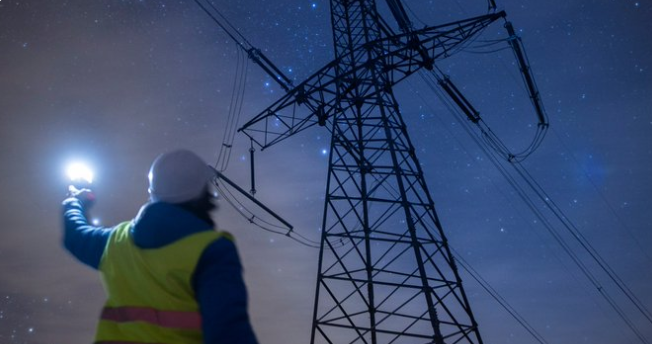It's been fascinating to watch the discussions around the potential power demands of the burgeoning AI industry. While many are focused on the possibility of an impending power shortage, there's another crucial aspect to consider: the vast amount of existing and new power capacity that's currently stuck in bureaucratic limbo, waiting for approval to connect to the grid.
Image Credits:Daniel Balakov/ Getty ImagesThe Hidden Power Capacity Waiting in the Wings
It might surprise you to learn that across the United States, there are terawatts of new electricity generation capacity just waiting for the green light to connect to our power grid. According to the Lawrence Berkeley National Laboratory, this backlog is a staggering 2.6 terawatts – double the total generating capacity of all power plants currently operating in the U.S.!
This isn't just a minor inconvenience; it's a significant bottleneck that could hinder our ability to meet the growing energy demands of AI and other industries.
PJM's Massive Interconnection Backlog
While grid operators nationwide are grappling with similar backlogs, the situation at PJM Interconnection stands out. PJM manages the flow of electricity across a large region encompassing the mid-Atlantic states, Ohio, and eastern Kentucky. Their queue of pending connection requests is by far the largest in the country.
As of now, PJM has over 3,000 active requests representing a whopping 286.7 gigawatts of capacity. The sheer volume became so overwhelming that PJM actually stopped accepting new connection applications in 2022 and won't even begin reviewing new requests until mid-2026. This delay has significant implications for the deployment of new power sources, especially renewable energy projects.
AI to the Rescue: Google and PJM Join Forces
Here's where some exciting news comes in. Google and PJM have announced a partnership, along with Alphabet's "moonshot" company, Tapestry, to leverage the power of artificial intelligence to tackle this bureaucratic logjam.
The goal is to develop AI models that can streamline key parts of the application process for connecting new power generation to the grid. This collaboration will focus on:
- Data Verification: AI can significantly speed up the process of verifying the large amounts of data involved in connection applications.
- Centralized Planning Tools: New AI-powered tools will help both applicants and PJM manage the submission and review of projects more efficiently.
- Renewable Energy Integration: The AI models will also assist PJM in analyzing the best ways to integrate variable power sources like solar and wind into the grid.
Tech Giants Race for Power Amid AI Boom
The surge in computing power needed for AI development has led major tech companies like Amazon, Google, Meta, and Microsoft to actively seek out new sources of electricity. We've seen them investing in and committing to purchasing significant amounts of nuclear power, alongside large-scale acquisitions of solar power. Addressing the interconnection bottleneck is crucial for ensuring these companies have the power they need to fuel their AI ambitions.
Renewables Hit Hardest by Grid Connection Delays
The slow pace of grid connection approvals has disproportionately impacted renewable energy projects. Nationwide, over 1 terawatt each of solar and energy storage are waiting for permission to connect to the grid.
Even within PJM's territory, which isn't traditionally known for its renewable energy dominance, solar and storage projects make up the vast majority of the applications. In fact, only a tiny 2.4% of the applicants in PJM's queue are natural gas power plants. This highlights the potential for a massive influx of clean energy if these projects can be approved and connected in a timely manner.
A Fuel-Agnostic Future?
The PJM grid has historically relied heavily on fossil fuels. Over the past decade, natural gas has become the dominant source, largely due to the rise of fracking and lower gas prices. However, PJM has also recently implemented a new approval process that has drawn criticism for potentially allowing fossil fuel plants to bypass the queue ahead of renewable projects.
Despite this, PJM Executive Vice President Aftab Khan stated in the partnership announcement that the organization's grid will remain "fuel agnostic." Similarly, Google spokesperson Amanda Peterson Corio emphasized the company's commitment to decarbonizing its electricity footprint.
Untangling the Grid for a Brighter Future
The interconnection problem might seem like a complex and somewhat obscure issue, but solving it is vital. By freeing up the terawatts of clean energy currently stuck in the approval process, we can alleviate concerns about underpowered data centers and accelerate the transition to a more sustainable energy future. The partnership between Google and PJM, leveraging the power of AI, offers a promising step towards untangling this bureaucratic web and unlocking the potential of our electrical grid.


إرسال تعليق